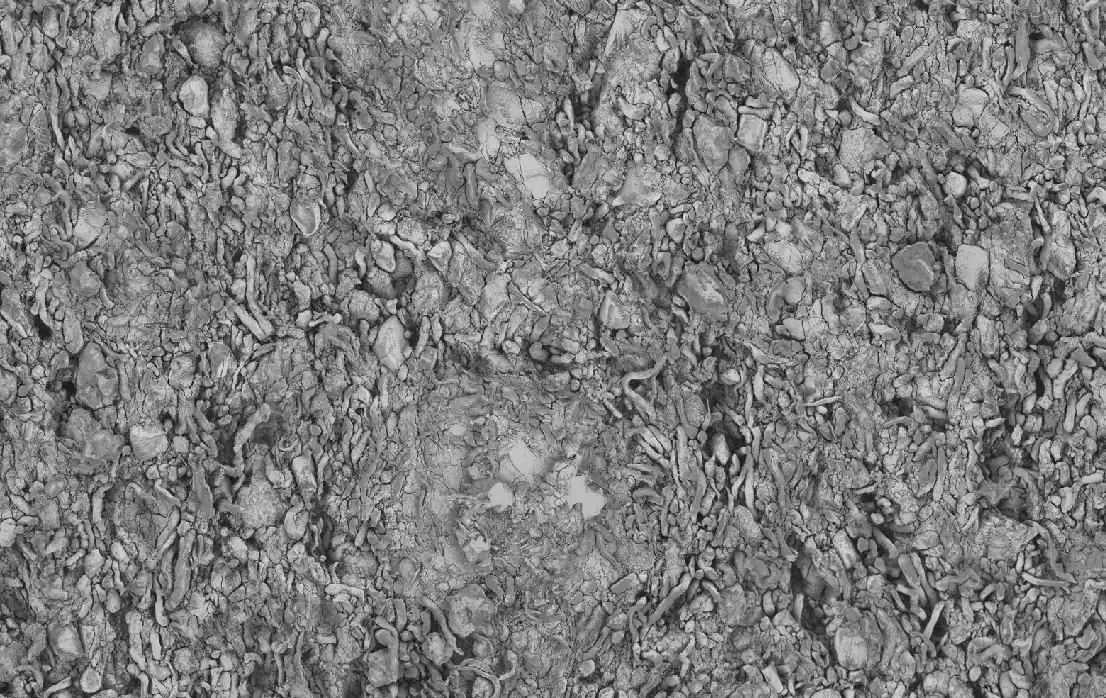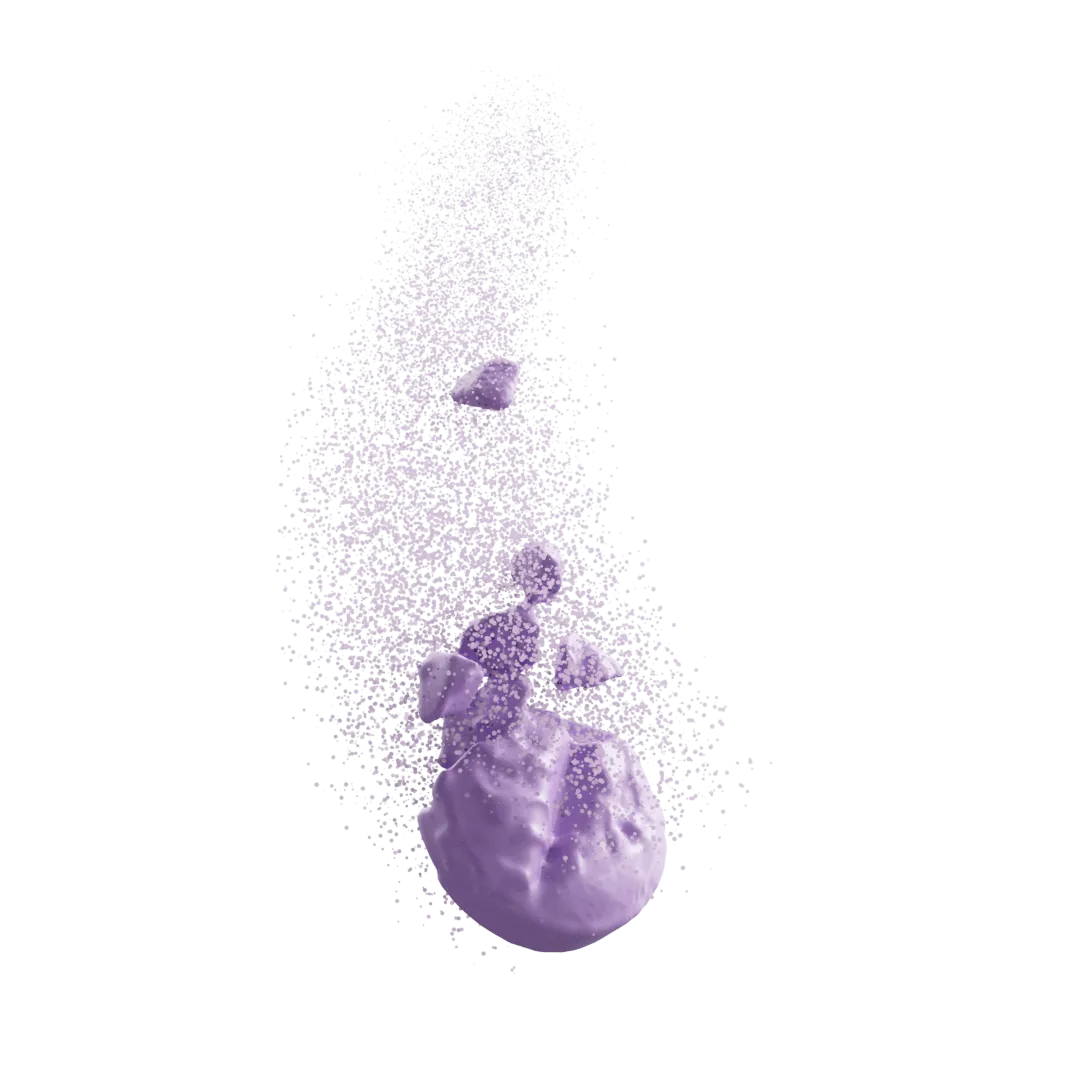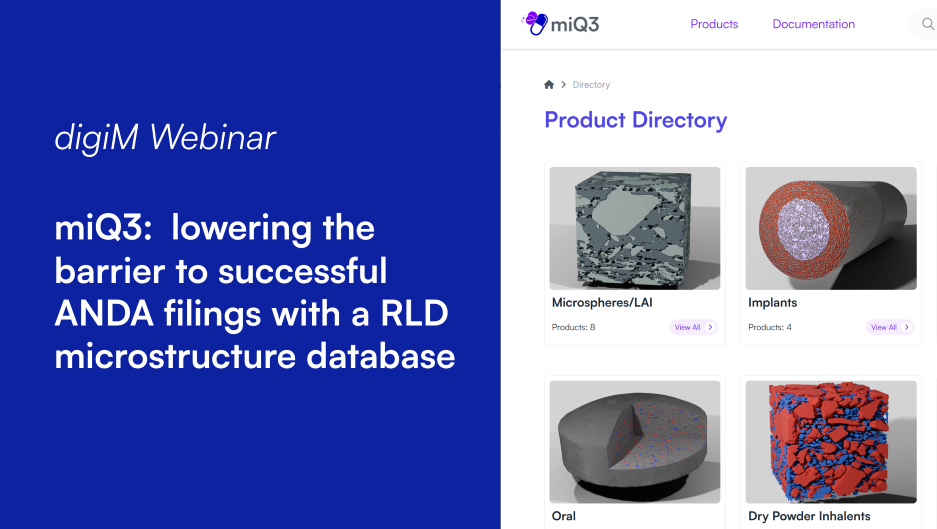digiM AAPS Modified Release Community 2022 Webinar

Modified release drug delivery systems allow for control of the rate and site of drug release presenting several clear advantages over conventional dosage forms including improved efficacy, performance, patient compliance, and diminished adverse events. Given their nature as complex multi-particulate mixtures of drug and excipients, modified release systems demand an unprecedented understanding of the microstructure that is fundamental to the critical quality attributes that determine product performance and quality. The need for a high-level understanding of the API and excipient morphology, spatial distribution, and interface with the complex porosity network of these dosage forms is undeniable. Functional coatings often also play a critical role in these dosage forms where the same interconnectedness of microstructure and performance exists (role of coating thickness, uniformity, porosity, and interface with internal materials). Image-based microstructure characterization is a potential solution to this challenge in modified release formulation, design, and performance assessment and optimization.
Cutting edge imaging techniques are first required for visualization of said microstructures. A number of high-resolution imaging techniques including x-ray microscopy (XRM), focused ion beam scanning electron microscopy (FIB-SEM), and mosaic field of view scanning electron microscopy (MFV-SEM) have been explored for the microstructure quantification of modified release dosage forms. Application of image analysis on imaging data in modified release samples allowed for quantification of volume, morphology, size, and uniformity of API, excipients, pores, and coatings. Even further, MFV-SEM allowed for ultra-high-resolution visualization of component material interfaces as well as intraparticle features such as fractures that can be segmented and quantified. Overall, high-resolution correlative microstructure imaging, coupled with advanced AI image processing, has been found to be a paradigm shifting approach to understanding and optimizing modified release products. Advanced material interface characterization and quantification of phase uniformity, domain size, and coating thickness has provided unprecedented insights into drug product quality assessment and formulation decisions.
Additional Webinars
Transform Your Program with Microstructure Science
Get started with a drug product digital twin.






















.webp)

